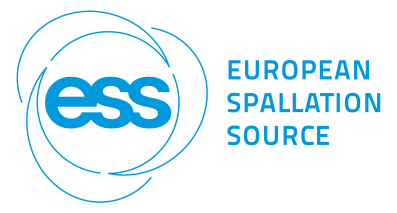Speaker
Mr
Owen Arnold
(ISIS)
Description
The separation of collected data, from the geometry of the instrument setup has proven to be a core strength in the Mantid Framework[1], a data reduction application used extensively at time-of-flight neutron sources around the world. The virtual instrument that Mantid supports allows for many geometric operations to be performed without any knowledge or assumptions on the actual instrument geometry, including distance and angle measurement, solid angle calculations, nearest neighbour networking and ray tracing. At a higher level these operations are essential for many of the important algorithms that Mantid offers, including unit conversion, calibration and many data corrections.
While the concept has been very successful, continual advancement in the complexity of experiments, as well in increases flux and pixilation of modern beam lines, provides large challenges for future design. Recent profiling work reveals that the current virtual instrument, while very flexible, is far from optimal in many of the common situations in which we now use it. Since, The European Spallation Source have selected Mantid to be their platform of choice for data reduction, there is extra incentive to make the framework increasingly capable of handling tomorrows neutron scattering beamlines.
The Mantid team is currently in the process ratifying a novel and fundamentally different design for the virtual instrument, which offers much improved performance without sacrificing flexibility. We explore the requirements that have led us towards this new solution, as well as providing a detailed look at the solution itself. Replacing such a core component of the framework with the new virtual instrument will represent a major engineering challenge; we will present our plans and progress on tackling this challenging upgrade task.
References
[1] www.mantidroject.org
Author
Mr
Owen Arnold
(ISIS)
Co-author
Simon Heybrock
(European Spallataion Source ESS AB)

